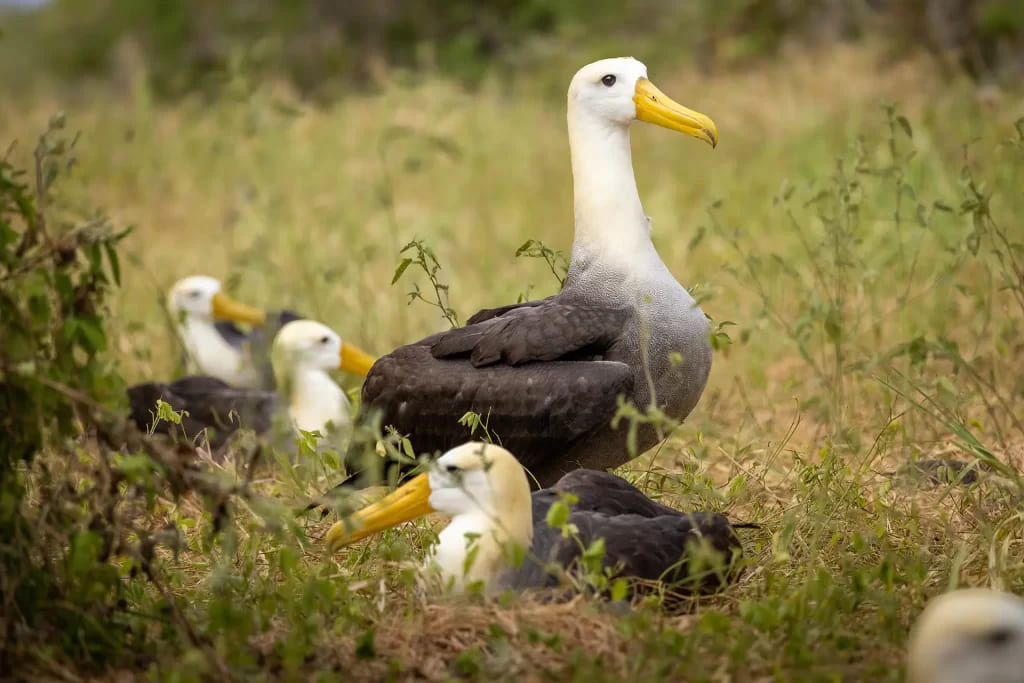Recently, a field expedition took place on the stunning Española Island, located in the southeastern part of the Galápagos Islands. The mission brought together 27 committed rangers from the Galápagos National Park Directorate and conservation officers from Galápagos Conservancy. Their goal was to enhance the nesting environment for the waved albatross, a majestic seabird found exclusively in the Galápagos, with Española Island being its sole nesting site. Each year, thousands of tourists visit this island to witness the breathtaking mating rituals of these magnificent seabirds.
Objectives and Progress of the Expedition
The recent expedition marked a critical milestone in our ongoing efforts to safeguard the waved albatross. Working closely with the Galápagos National Park Directorate, we focused on restoring the island’s ecosystems and nurturing its unique biodiversity.
The primary task of the expedition was to clear pathways essential for the albatrosses' takeoff and landing. Over the past few decades, vegetation on the island had grown unchecked, posing obstacles for these large birds with wingspans of up to six feet as they accessed their nesting sites. Over ten challenging days on this remote and stunningly beautiful island, our team worked tirelessly under the relentless sun. They cleared forty-nine runways, each measuring 33 feet wide and 164 feet long, ensuring these areas were free of impediments that could endanger the albatrosses during flight.
The expedition presented physical challenges, including daily hikes of up to 7.5 miles across rugged terrain and demanding tasks such as removing shrubs and small trees from the nesting areas. Many of the trees removed were "muyuyo" or Cordia lutea, a common species native to Ecuador, Peru, and Polynesia, which had overrun the island following the decline of its native giant tortoise population. This decline had previously kept open areas suitable for albatross nesting but is now slowly rebounding.

Effect and Plans Moving Forward
"Our conservation director, Dr. Jorge Carrión, emphasizes the critical importance of preserving the albatrosses in their exclusive nesting site," highlighting his firsthand experience of the positive outcomes from conservation efforts on the albatross population.
Moving forward, our efforts will continue to prioritize strategic conservation actions for the Galápagos albatrosses. Later this year, we are preparing for another expedition to Española Island. Alongside maintaining pathways for these emblematic birds, our agenda includes monitoring tortoises that were reintroduced in recent months to evaluate their adaptation and impact within the ecosystem.

Dedication to Conservation
Our conservation expeditions vividly illustrate our commitment to protecting the distinct biodiversity of the Galápagos Islands. By closely partnering with the Galápagos National Park Directorate and benefiting from generous donor support, we are steadfastly dedicated to securing a prosperous future for the waved albatross and preserving all the natural marvels that render the Galápagos uniquely extraordinary.
